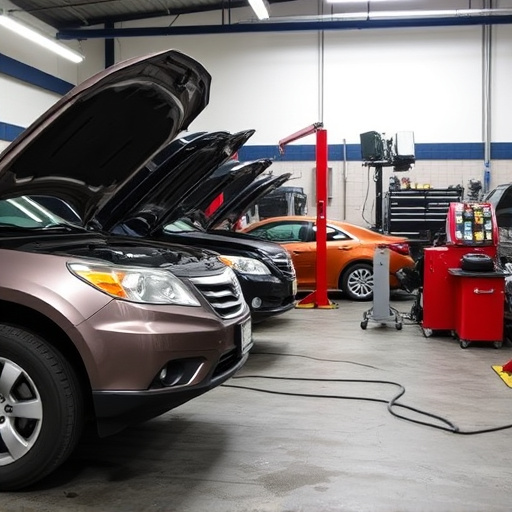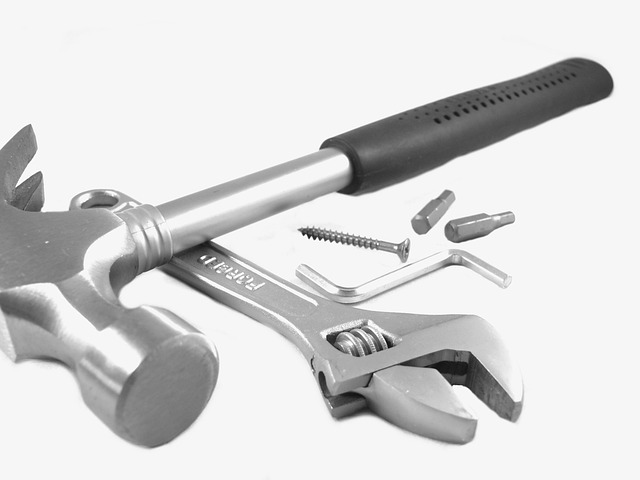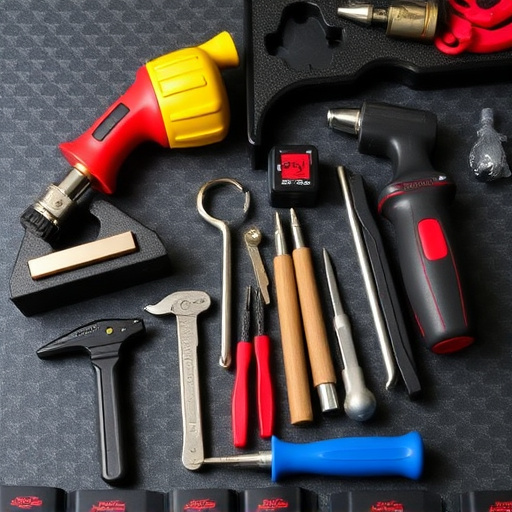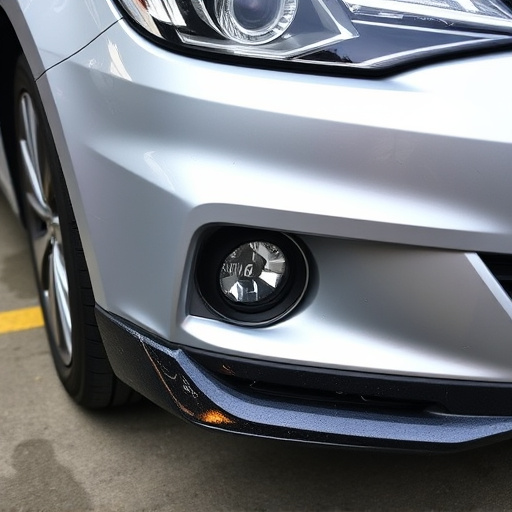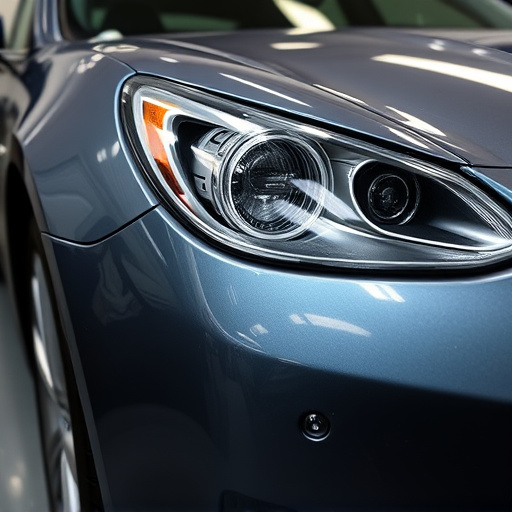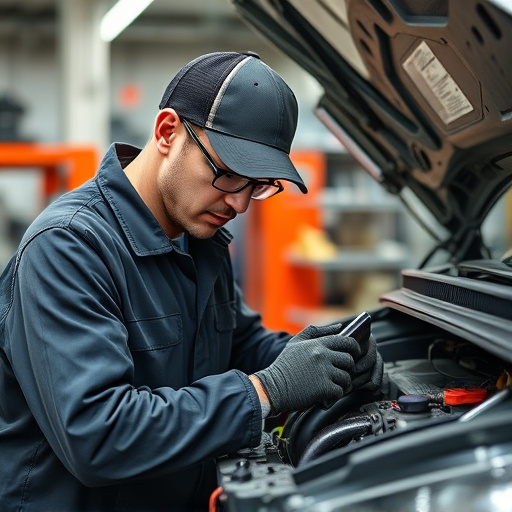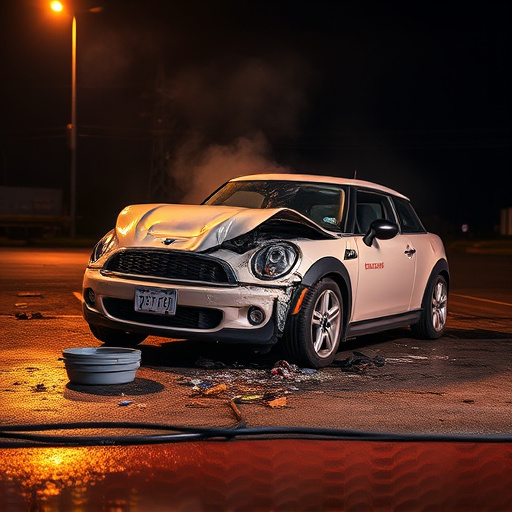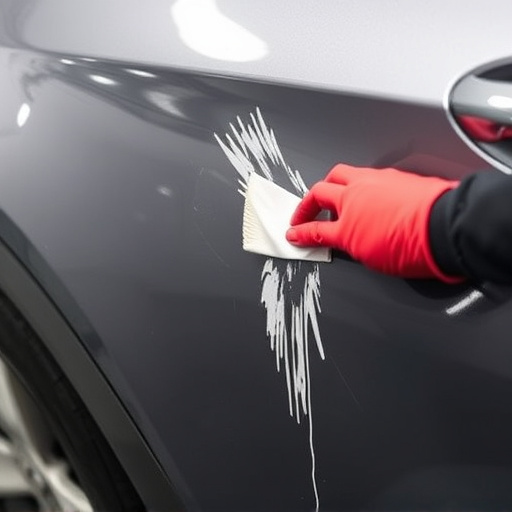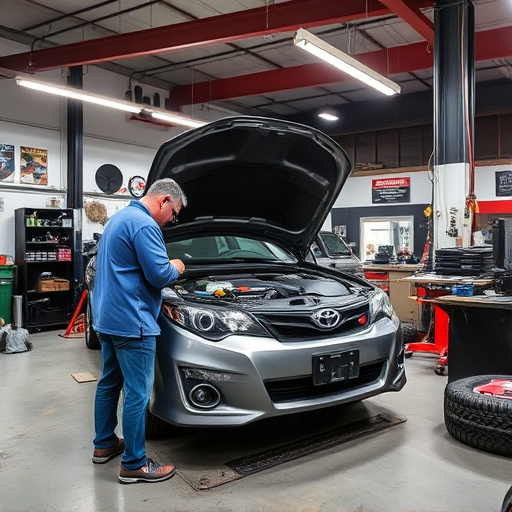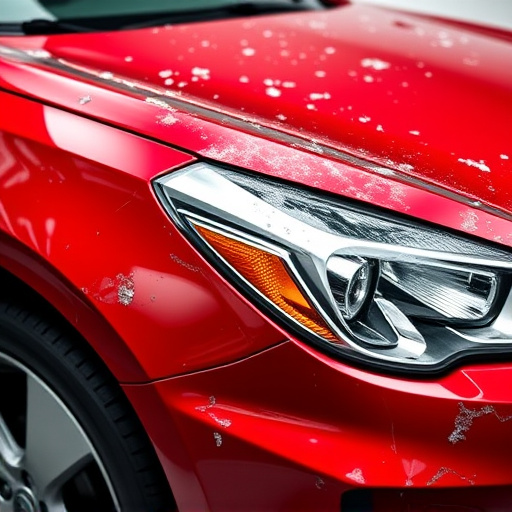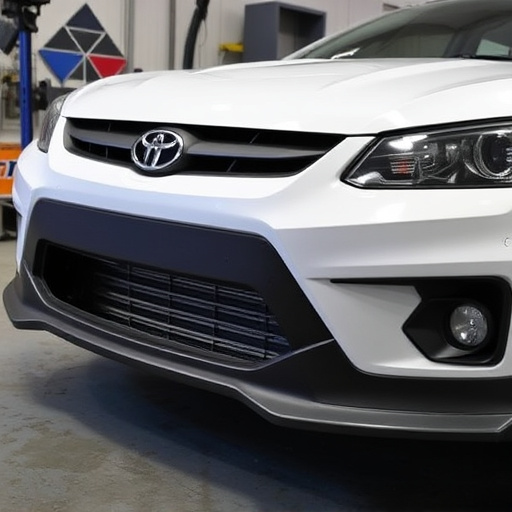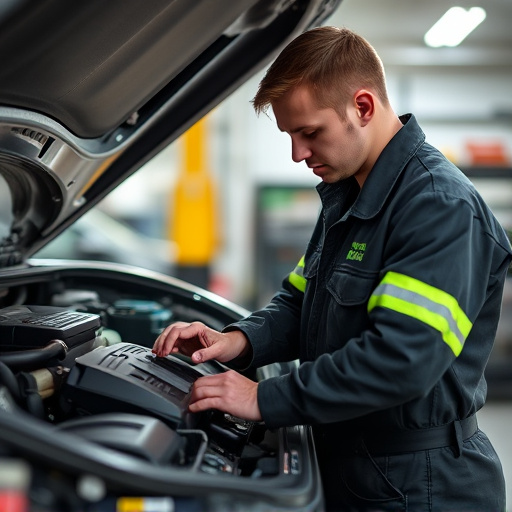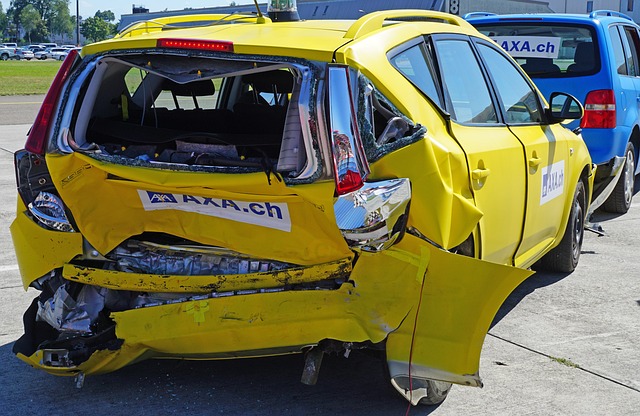Modern tools like CAD and 3D scanning have revolutionized collision repair technicians' work, enabling precise inspections, color matching, and swift diagnosis of electronic components. Data-driven approaches using advanced software help in informed decision-making for complex repairs, increasing accuracy and customer satisfaction. Future trends include AI and AR integration to streamline damage assessment, provide real-time data analysis, reduce errors, and enhance service quality in a competitive market.
Collision repair technician shops are embracing advanced diagnostics to elevate their services. Modern tools are unlocking complex vehicle mysteries, enabling precise and efficient repairs. This shift towards data-driven approaches empowers collision repair technicians with unprecedented insights. As we look ahead, artificial intelligence (AI) and augmented reality (AR) promise to revolutionize the industry further, transforming how these professionals work and ensuring superior customer experiences.
- Modern Tools: Unlocking Complex Vehicle Mysteries
- Data-Driven Repairs: Enhancing Precision and Efficiency
- The Future: AI and AR in Collision Repair Shops
Modern Tools: Unlocking Complex Vehicle Mysteries
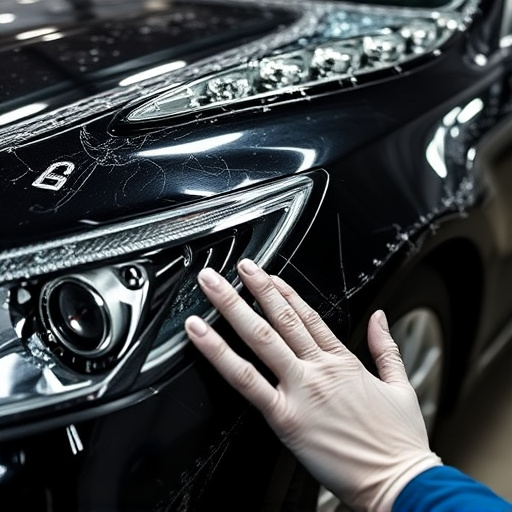
Modern tools have revolutionized the way collision repair technicians operate, enabling them to unlock complex vehicle mysteries with unprecedented precision and efficiency. These advanced diagnostic systems go beyond traditional methods, employing sophisticated technology to pinpoint issues that might otherwise remain hidden. By integrating cutting-edge software and hardware, auto repair shops can now conduct thorough inspections, access real-time data, and diagnose problems with unparalleled accuracy.
For example, modern car paint services utilize computer-aided design (CAD) systems and 3D scanning technology to ensure perfect color matching and seamless repairs. Similarly, advanced diagnostic tools for Mercedes Benz repair or any other make can swiftly identify malfunctioning components, whether it’s an electronic control unit, a sensor, or a complex network of sensors and actuators. This level of precision not only saves time but also ensures that every vehicle leaves the shop in top condition, satisfying even the most discerning customers.
Data-Driven Repairs: Enhancing Precision and Efficiency
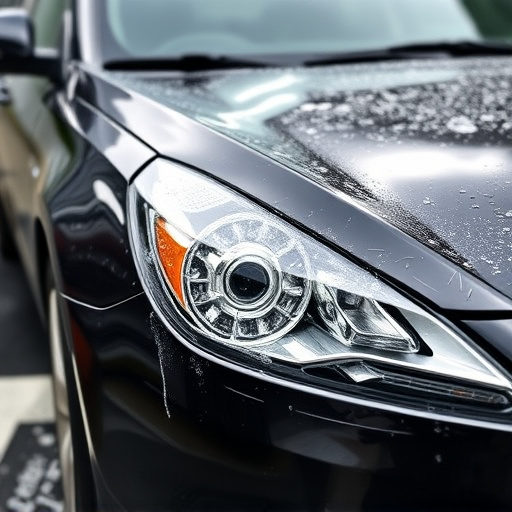
Collision repair technicians are increasingly adopting data-driven approaches to their work, revolutionizing how they perform repairs and enhancing both precision and efficiency in their shops. By leveraging advanced diagnostic tools, these professionals can now access a wealth of information about a vehicle’s condition, enabling them to make informed decisions that were previously impossible. This shift towards data-driven repairs allows for more accurate assessments of damage, especially in complex cases involving frame straightening or intricate car bodywork services.
With the help of sophisticated software and sensors, collision repair technicians can quickly identify issues, pinpoint precise areas of repair, and even predict potential future problems. This not only saves time but also ensures that every aspect of auto maintenance is carried out with meticulous care. As a result, vehicles are restored to their pre-accident condition more effectively, leading to higher customer satisfaction and increased shop productivity.
The Future: AI and AR in Collision Repair Shops
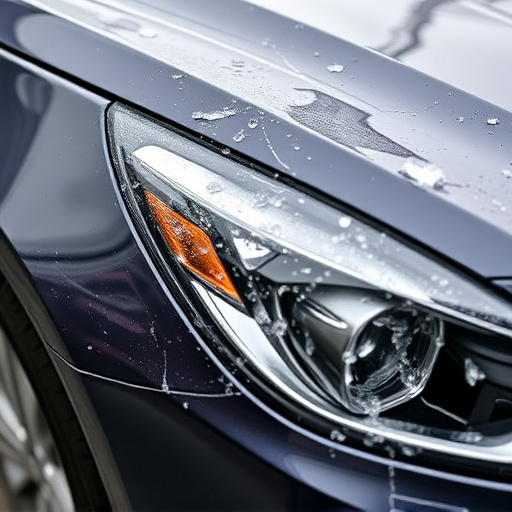
The future of collision repair shops lies in the integration of advanced technologies like Artificial Intelligence (AI) and Augmented Reality (AR). AI can revolutionize how collision repair technicians assess and fix damage, offering precise measurements and real-time data analysis. This not only speeds up the repair process but also ensures consistency in quality. For instance, AI algorithms can detect even subtleties in vehicle damage, enabling technicians to make informed decisions about repairs.
AR, on the other hand, can provide visual guides during complex procedures, overlaying instructions directly onto the vehicle. This technology is particularly useful for tasks such as paintless dent repair and hail damage repair, where precision is key. By combining these innovative tools, auto repair shops can enhance their efficiency, reduce errors, and offer customers cutting-edge services in a competitive market.
Advanced diagnostics have significantly transformed the landscape of collision repair, empowering shops and their technicians with unparalleled precision and efficiency. By leveraging modern tools, data-driven repairs, and innovative technologies like AI and AR, these professionals can now navigate complex vehicle mysteries faster and more accurately than ever before. This enhances customer satisfaction, reduces repair times, and solidifies the role of collision repair technicians as true automotive experts in today’s digital era.
